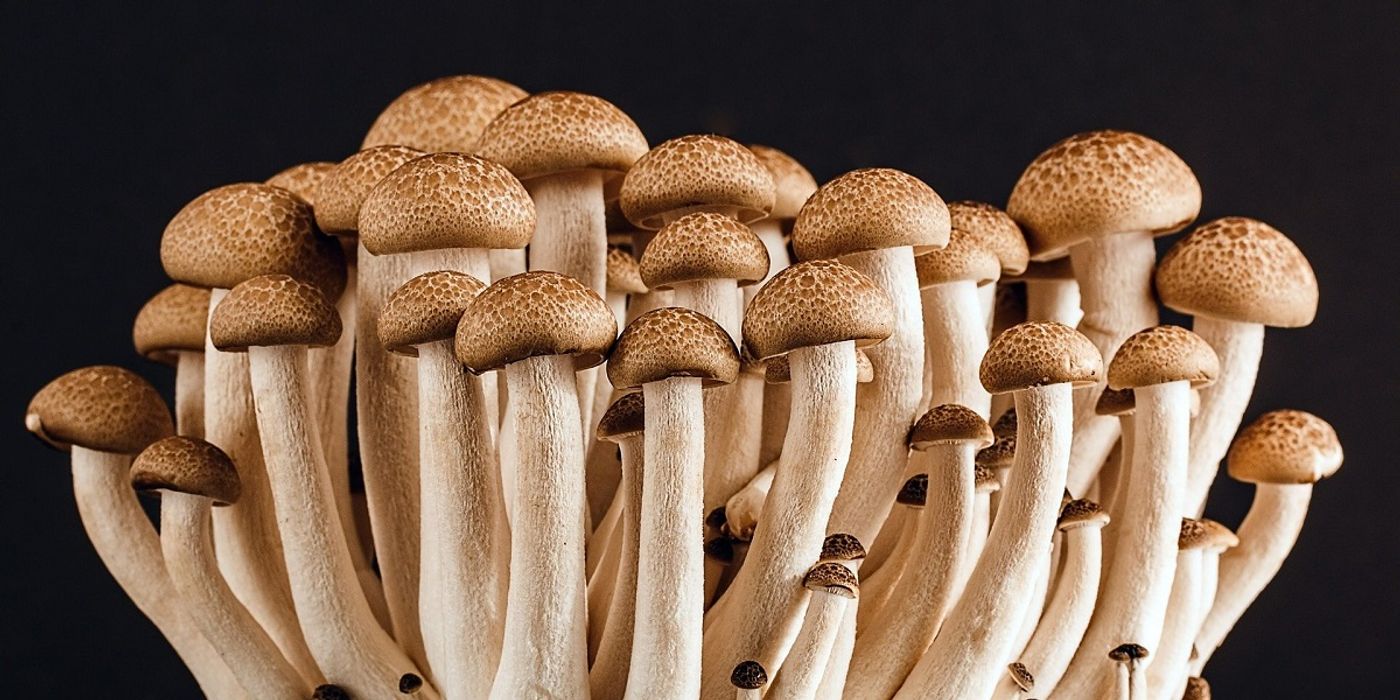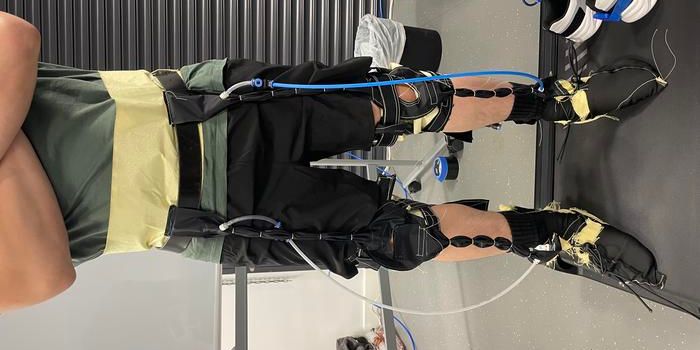The Future is Fungi!
With more people looking to reduce the amount of meat they consume, vegetable substitutes for meat are on the rise. Though not technically a plant, mushrooms, and other fungi are also being developed to meet this growing demand for alternate protein sources, tastes, and textures to replace animal products. And these new fungi can be far more complex than your old-fashioned portobello burger.
Fungi are a potential solution for many of our goals surrounding sustainability. They can grow on waste materials and break things down, they provide nutritious food and many flavors, and can be used to ferment or change food products into other things, as in yeast and bread or beer, or mold on cheese. They do not contribute to climate change the same way that animal farming does and help us to recycle what waste we already have.
Fungi are being grown in new ways, and not just the pretty kinds you’d find in a supermarket either. Some are filamentous, grown in long nearly microscopic strings that are processed into all sorts of products. Mushrooms are also being grown in liquid, much like lab-grown meat technology, where the entire growth medium can be fine-tuned for perfect growing conditions. This method can lead to much faster growth than traditional fruiting bodies on solid substrates. Some are being grown for the production of food additives, like pullulan, which can be turned into biofilm potentially to be used as food packaging. Others are grown to produce food dyes, preservatives, umami flavors, or are used in the industrial processing of juice and milk.
Fungi are an amazing avenue to explore new techniques for not only food production, but recycling of materials and production of non-food materials, like vegan leather substitutes. A recent paper describes the potential to create a leather-like material from leftover bread waste as a growth medium for filamentous fungi. This process can be environmentally friendly, taking what was once waste and turning it into something that will require us to produce fewer cattle. Fungi have also been famously used in medicine for centuries by some cultures. Many antibiotics like the penicillin we now take for granted came from mold. Now there is so much more research into the medicinal effects of different fungi. The future will feature fungi in many different ways.
Sources: University of Boras, University of Hawaii, Future Foods, Microbial Products for Health, Environment, and Agriculture, Innovative Food Science and Emerging Technologies, Medical Monthly for Pharmacists.









